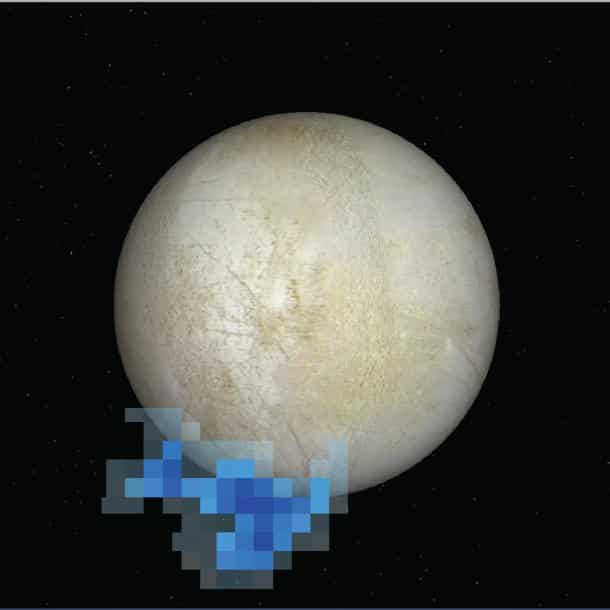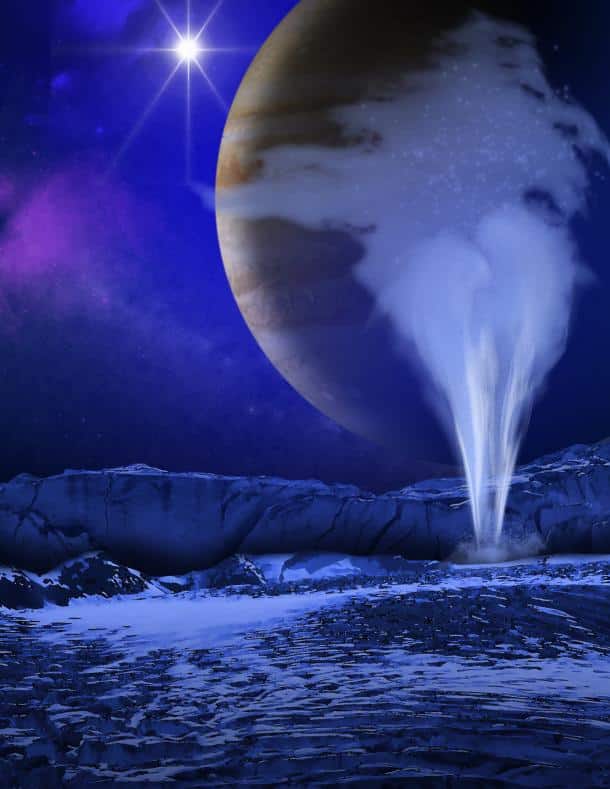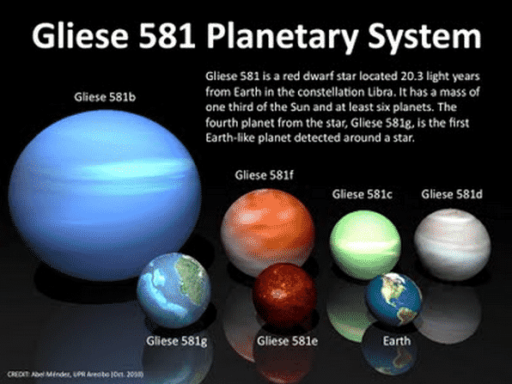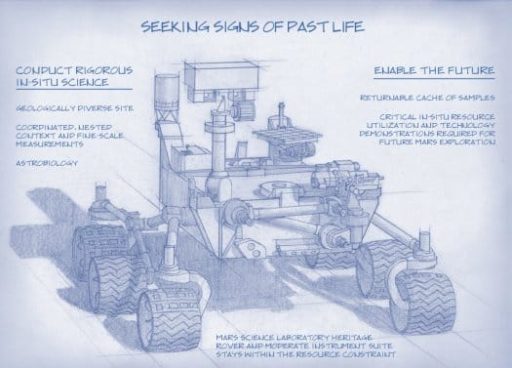Jupiter, the largest planet in the solar system, has an icy moon called Europa. For long time, NASA researchers have suspected that Europa contains liquid water underneath its top layer of ice. Lately, NASA’s Hubble space telescope has captured some images of Europa showing the moon spouting a possible water vapor which went 200 kilometers (about 125 miles) above the surface from its south pole.
When NASA researchers looked at the image, they found a “hot spot” near the moon’s south pole. They also found that the “hot-spot” was loaded with both hydrogen and oxygen—the constituent atoms in water. Such discovery lead us to believe that Europa has liquid water under its surface. However, now NASA researchers are trying to be over sure if the detected water vapor is really coming from the moon’s surface.

Lorenz Roth, one of the researchers at the Southwest Research Institute in San Antonio, Texas said, “If those plumes are connected with the subsurface water ocean we are confident exists under Europa’s crust, then this means that future investigations can directly investigate the chemical makeup of Europa’s potentially habitable environment without drilling through layers of ice. And that is tremendously exciting.”
If NASA scientists become sure that the water vapor is really coming from Europa, then it’ll be the second moon containing water in space, after Saturn’s moon Enceladus. Note that, Enceladus’ vapors tend to float off into space, but Europa’s gravitational pull drags its vapors back down to the surface. The report has been published in the journal, Science.
Source: NASA
[ttjad keyword=”camcorders”]



![Read more about the article [Video] Watch What Felix Baumgartner Saw During His Free-fall From 128,000 Feet Above Earth](https://thetechjournal.com/wp-content/uploads/2014/02/Freefall-Jump-512x343.jpg)
